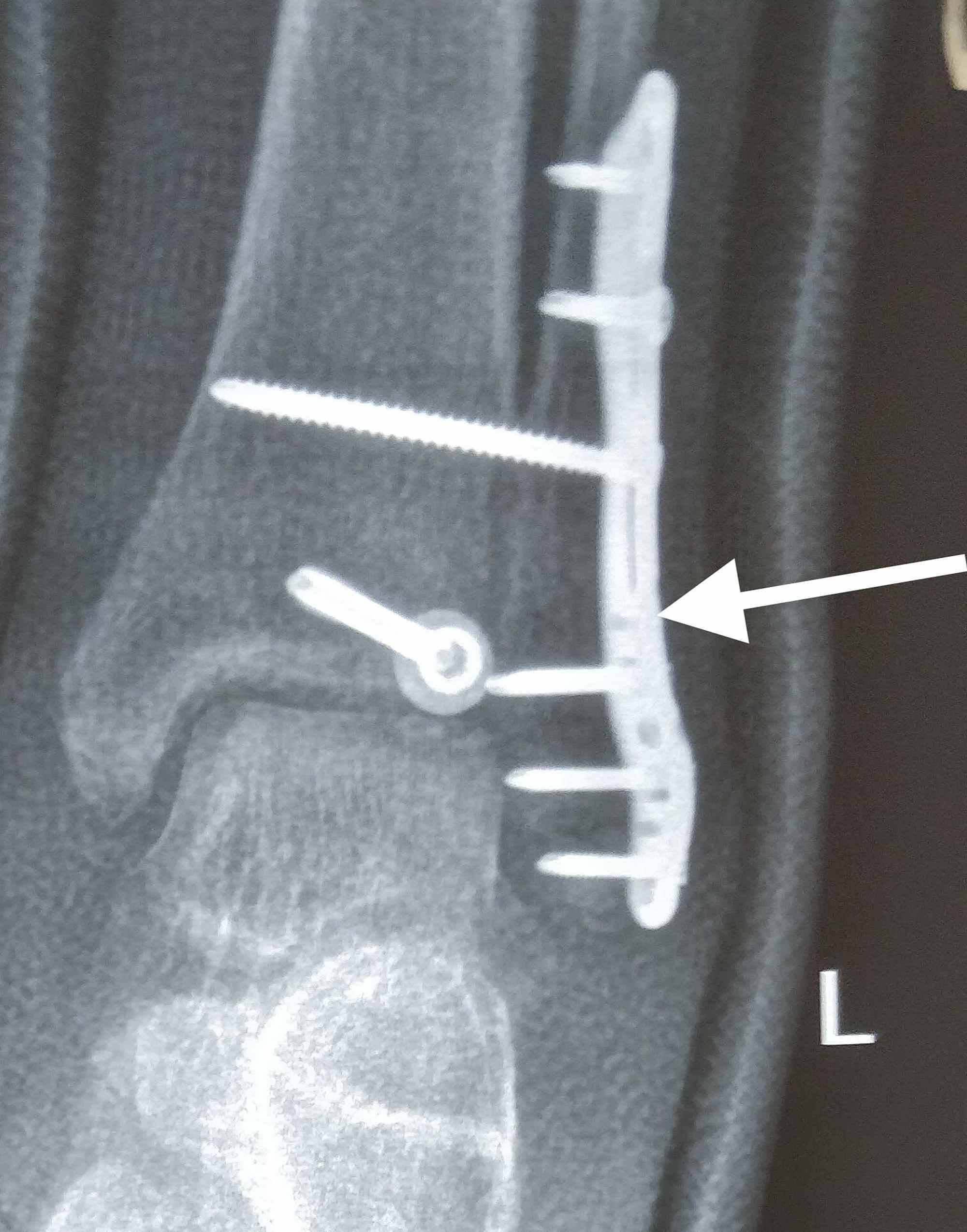

In some cases, this may be done in the emergency room if you’re admitted after trauma. Your healthcare provider will diagnose a comminuted fracture with a physical exam and imaging tests. However, slips, falls and other common causes of broken bones aren’t usually strong enough damage to your bones enough to cause a comminuted fracture. Some of the most common causes are car accidents and falls from a great height, like off a ladder or roof.Īny impact to your bones can cause a comminuted fracture. What causes comminuted fractures?Ĭomminuted fractures are caused by trauma. Comminuted fractures are more likely to be displaced than other types of broken bones because they always have multiple broken pieces. Displaced fractures are much more likely to require surgery to repair. Non-displaced fractures are still broken bones, but the pieces weren’t moved far enough to be out of alignment during the break. A displaced fracture means the pieces of your bone moved so much that a gap formed around the fracture when your bone broke. Displaced comminuted fracturesĭisplaced or non-displaced are more words your provider will use to describe your fracture. Closed fractures are still serious, but your bone does not push through your skin. Open fractures usually take longer to heal and have an increased risk of infections and other complications. Open fractures are sometimes also called compound fractures. If you have an open fracture your bone breaks through your skin. Your healthcare provider will classify your fracture as either open or closed. A part of your body is noticeably different looking or out of its usual place.

Not being able to move a part of your body you normally can.But, in general, the symptoms of a comminuted fracture can include: Your symptoms will depend on the other injuries you have. If you have a comminuted fracture, you’ll also likely experience serious symptoms of the trauma that caused it. What are the symptoms of a comminuted fracture? This is because they’re caused by severe traumas that most people fortunately never experience. How common is this condition?Ĭomminuted fractures are rare. There’s no way to predict when or how someone will be in an accident, so everyone could experience a comminuted fracture. This is especially true because they’re caused by serious traumas. Who gets comminuted fractures?Ĭomminuted fractures - like all bone fractures - can affect anyone. If you have either a comminuted or segmental fracture, you’ve likely experienced a serious injury either way and getting your injuries assessed by a provider is the only way to determine which treatments you’ll need. No matter which names and terms end up applied to your fracture, the most important first step is getting your injury examined by a provider as soon as possible. Some segmental fractures are comminuted, and some are not. Segmental fractures happen when a bone is broken in two different places and a section of the bone has separated from the rest of the bone because of the fracture. It’s the same with most comminuted fractures. If you’ve dropped a plate, the pieces are never uniformly broken. Usually, the trauma that causes comminuted fractures creates shatter-like breaks. If you have a comminuted fracture your bone is broken in two or more places. They are different terms that tell your healthcare provider specific details about how your bones are broken, where they broke and what they look like inside your body right now. segmental fracturesĬomminuted fractures and segmental fractures are both serious types of bone fractures. Most people need up to a year to recover from a comminuted fracture if it involved one of the long or larger bones in your body, especially if it requires surgery. How long it takes to recover depends on which of your bones are fractured and what caused the breaks. Sometimes, comminuted fractures happen to smaller bones and can heal without surgery. They are very serious in large bones, and you will often need surgery to repair your bones. Some of the most common include:Ĭomminuted fractures are almost always caused by serious traumas like car accidents or falls from a high place. These fractures can affect any large or long bone in your body. The term comminuted fracture refers to a bone that is broken in at least two places. Comminuted (pronounced “kah-meh-noot-ed”) fractures are a type of broken bone.


 0 kommentar(er)
0 kommentar(er)
